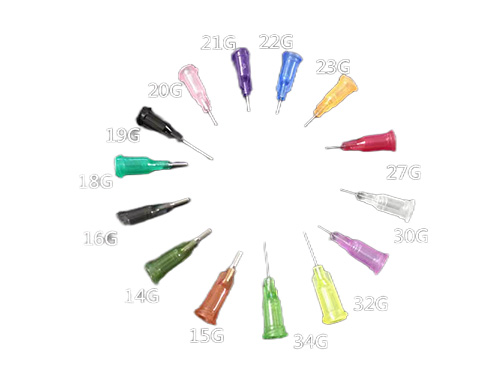A Comprehensive Guide to Cleaning and Disinfecting Seedling Trays: Eliminating Pests and Diseases
2025-04-18 09:32:45
I. Introduction
Seedling trays serve as the "first residence" for young plants, and their cleanliness directly impacts the health of the seedlings. This article focuses on the entire process of cleaning and disinfecting trays, analyzing key steps and practical techniques to establish a strong defense for efficient seedling cultivation.
II. Cleaning: Removing Residual Substrates and Pathogen Carriers
2.1 Basic Cleaning Steps
Substrate Removal: Use a soft brush or water to rinse the tray surface, removing any dried substrate.
Stubborn Stain Removal: Soak in warm water, then gently scrub with a neutral cleaner to avoid scratching the tray's interior.
2.2 Detailed Cleaning Tips
Drainage Hole Unclogging: Use a fine needle or toothpick to clear blockages, ensuring proper drainage.
Cell Groove Inspection: Focus on cleaning the connections between cells, where pathogen spores often linger.
III. Disinfection: Breaking the Chain of Pest and Disease Transmission
3.1 Necessity of Disinfection
Residual pathogens (such as damping-off fungi and fungal spores) can easily reinfect seedlings through trays. Regular disinfection can reduce disease incidence by over 80%.
3.2 Common Disinfection Methods
Heat Disinfection: Suitable for heat-resistant trays; soak in boiling water for 5-10 minutes or expose to UV light for 30 minutes.
Chemical Disinfection: Universal for all materials; dilute bleach to a 1:100 ratio, soak for 30 minutes, and rinse thoroughly.
Physical Wiping: For quick treatment before urgent use, wipe the tray surface with 75% alcohol.
3.3 Disinfection Frequency Recommendations
Continuous Use: Disinfect after each batch of seedlings.
Long-Term Storage: Thoroughly disinfect before storing.
IV. Storage: Preventing Secondary Contamination and Structural Damage
4.1 Drying Process
After disinfection, air-dry upside down or wipe with a sterile cloth to prevent mold growth in humid environments.
4.2 Stacking and Organization
Layered Padding: Place soft isolation paper between trays to prevent edge deformation.
Vertical Storage: Deep trays are recommended to be stored vertically to maintain bottom flatness.
4.3 Environmental Considerations
Store in a dark, dry place, away from fertilizers, pesticides, and other contaminants.
V. Common Misconceptions in Cleaning and Disinfection
Misconception 1: Reusing trays after only rinsing with water → Correct Practice: Combine with disinfection to block pathogen residues.
Misconception 2: Not drying after disinfection → Residual moisture can lead to secondary contamination.
VI. Conclusion
Standardized cleaning and disinfection are core aspects of seedling tray maintenance. By following the "Clean - Disinfect - Store" three-step method, you can not only extend the lifespan of the trays but also create a sterile growth environment for seedlings. Take immediate action, starting with cleaning your trays, to embark on a pest- and disease-free seedling cultivation journey!

It adopts electrical integration and can be started by pressing the fully automatic button ...

The XP750 seeder has stable performance, excellent product quality, simple and convenient o...

It adopts electrical integration and can be started by pressing the fully automatic button ...

Needle list Seed nozzle model Different models Sowing types are different...



